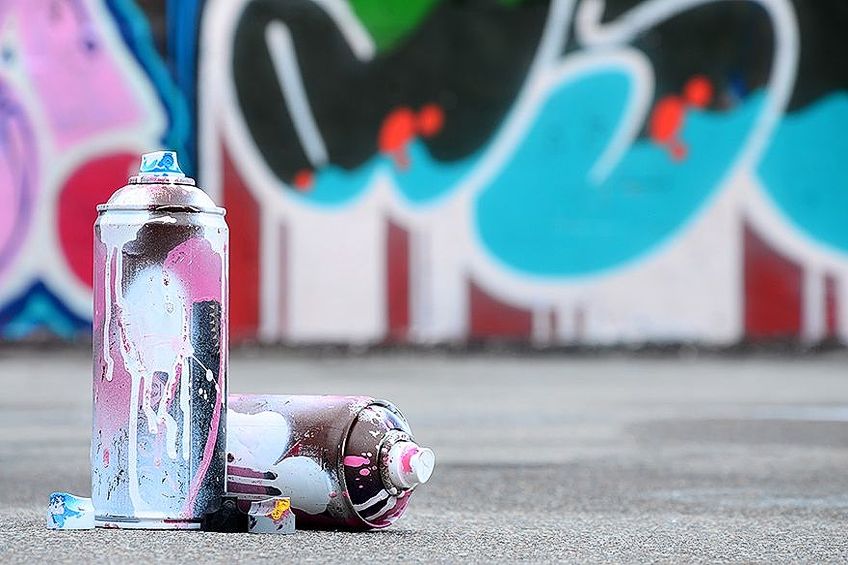
The Art and Science of Spray Painting
Spray painting is a popular method of applying a coating or paint on a surface, with a spray gun being the primary tool. The spray gun atomizes the paint, breaking it down into tiny droplets, which are then sprayed onto the surface to create an even coating. Spray painting has been used for various applications, including automotive, furniture, and industrial painting.
The process of spray painting involves various steps, which include preparation, application, and finishing. Preparation involves cleaning the surface, sanding, and masking off areas that don’t require painting. This ensures that the paint adheres correctly to the surface and that the application is even. The next step is the application, where the paint is sprayed onto the surface, and the thickness of the coating is regulated by the distance between the spray gun and the surface. The final step is the finishing, which involves curing the paint, removing any masking, and inspecting the final product for quality.
One of the advantages of spray painting is its ability to create an even and consistent coating on various surfaces. This makes it ideal for large projects, such as painting a car or a piece of furniture. Spray painting also allows for faster application times, as the paint is applied in a uniform layer, and there are no brush marks or drips to deal with.

Spray painting requires specific skills and techniques to achieve a high-quality finish. One of the critical factors is the choice of paint and the spray gun. Different paints require different spray guns and nozzles, and choosing the wrong combination can result in a substandard finish. Another critical factor is the distance between the spray gun and the surface, which affects the thickness of the coating. Too far, and the coating will be thin and patchy, and too close, and the coating will be too thick and prone to running.
Safety is also an essential consideration when spray painting. Paint fumes can be harmful when inhaled, so proper ventilation and respiratory protection are necessary. Additionally, the type of paint used can determine the level of safety precautions required. For example, some paints are highly flammable, and care must be taken to ensure that there are no ignition sources nearby.
In recent years, there has been a growing concern about the environmental impact of spray painting. Traditional spray painting methods involve the use of solvent-based paints, which contain volatile organic compounds (VOCs) that contribute to air pollution. As a result, there has been a shift towards using water-based paints, which are less harmful to the environment.

The use of spray painting in various industries has led to the development of specialized techniques and equipment. For example, automotive painting requires specialized paint booths that provide a controlled environment, ensuring that the paint is applied in a dust-free and temperature-controlled environment. Industrial spray painting, on the other hand, may require specialized equipment such as airless spray guns, which can apply coatings at high pressure and are suitable for large areas.
Conclusion
Spray painting is an efficient and effective method of applying a coating or paint to a surface. It requires specific skills and techniques to achieve a high-quality finish and demands safety precautions to be taken. With the shift towards using water-based paints and increased concerns about the environmental impact of traditional solvent-based paints, spray painting is evolving to meet the changing needs of various industries. As such, it remains an essential tool in the field of painting and coating applications.




